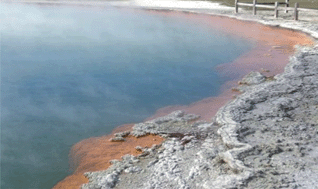Arsenic speciation of geothermal waters in New Zealand
Abstract
Total arsenic and four arsenic species; arsenite (iAsIII), arsenate (iAsV),

* Corresponding authors
a
ICP-MS Facility, Chemical Sciences, University of Surrey, Guildford, Surrey, UK
E-mail:
n.ward@surrey.ac.uk
Tel: +44 (0) 1483 689303
b Health and Life Sciences Division, Massey University, PO Box 756, Wellington, New Zealand
Total arsenic and four arsenic species; arsenite (iAsIII), arsenate (iAsV),

 Please wait while we load your content...
Something went wrong. Try again?
Please wait while we load your content...
Something went wrong. Try again?
G. Lord, N. Kim and N. I. Ward, J. Environ. Monit., 2012, 14, 3192 DOI: 10.1039/C2EM30486D
To request permission to reproduce material from this article, please go to the Copyright Clearance Center request page.
If you are an author contributing to an RSC publication, you do not need to request permission provided correct acknowledgement is given.
If you are the author of this article, you do not need to request permission to reproduce figures and diagrams provided correct acknowledgement is given. If you want to reproduce the whole article in a third-party publication (excluding your thesis/dissertation for which permission is not required) please go to the Copyright Clearance Center request page.
Read more about how to correctly acknowledge RSC content.
 Fetching data from CrossRef.
Fetching data from CrossRef.
This may take some time to load.
Loading related content
